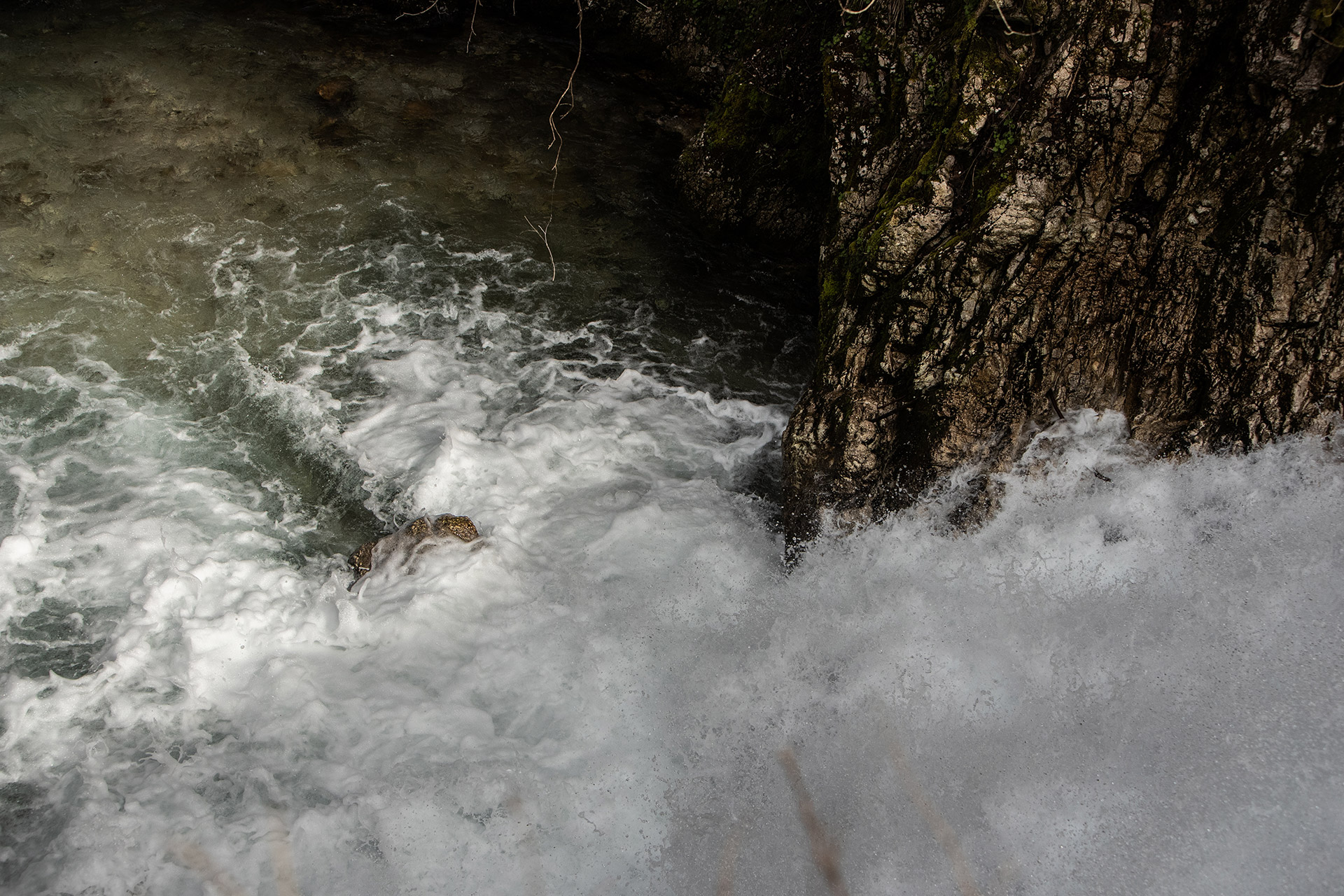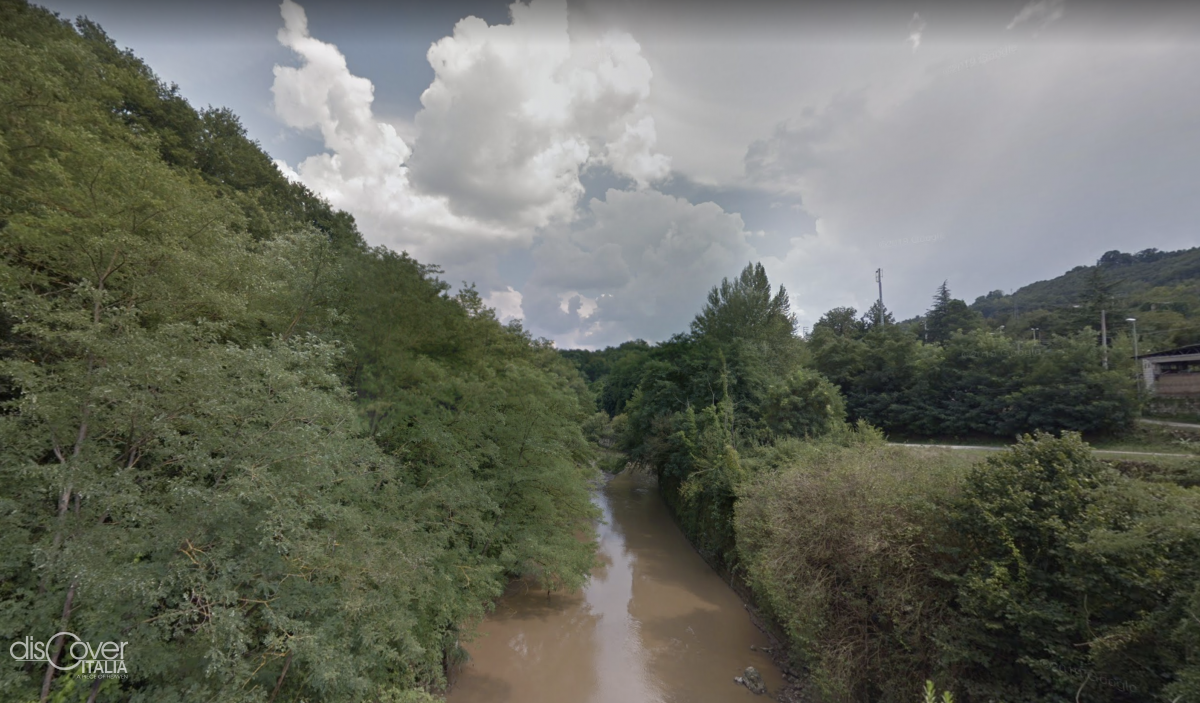
It is the second river of Southern Italy due to its volume of water. The Sele (64 km) rises on the north-eastern part of the Monte Plafagone (foothill of the Cervialto), at an altitude of 420 meters, in the district of Caposele.

The ancient Aufidus, who, according to the legend, was surpassed by the elephants of Hannibal thanks to the bridge built close the actual Lioni, finds its source in the wood of Piano dell’Angelo, at 715 meters of altitude, close to Torella dei Lombardi.

Mentioned by Pliny the Elder, the Cervaro river which starts from Daunia mountains in Puglia, for part of its way flows in Irpinia, in the borders with the province of Foggia, in the upper part of the valley which bears its name.

The mud boils in the barren expanse which occupies part of the valley formed by the Miscano river near Montecalvo Irpino.

50 kilometers long, the Sabato flows in Irpinia area. It starts on the Colle Finestra del Monte Terminio, and close to Altavilla Irpina it marks for a while the border between the provinces of Avellino and Benevento, where it keeps its watercourse. It receives water from some torrents, of Vallone Barra and Fenestrelle (11 km), which passes through the city of Avellino.

It is defined as an "area of scientific interest of the WWF".

After the Unification of Italy, taking advantage of thick wood of beeches, the brigands found there a safe shelter. At an altitude of 1050 meters, the highland of the Laceno in the district of Bagnoli Irpino extends between the Monti Picentini, at the foot of the Cervialto, and surrounded by other summits of the chain.